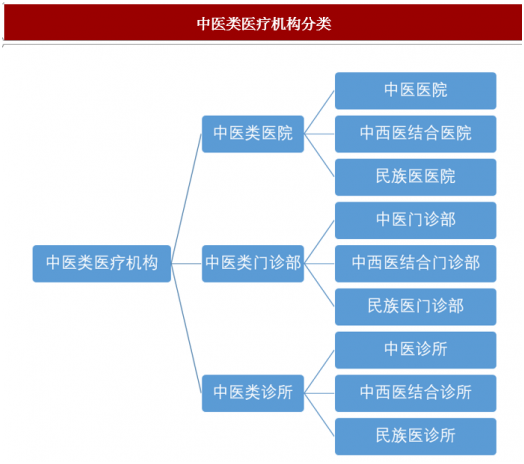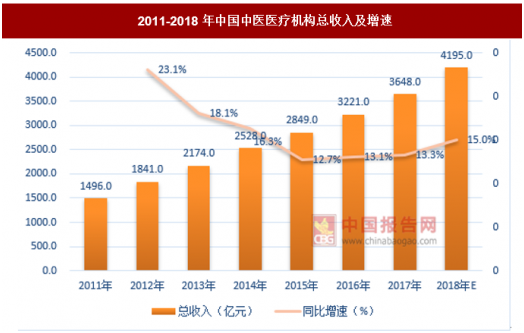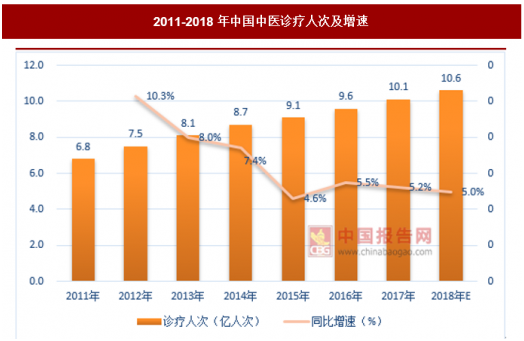Chinese medicine will be included in the global medical program, and the future development of the Chinese medicine industry is broad.
The World Health Assembly, the highest authority of WHO, will launch the 11th edition of the Global Medical Program of the organization in 2019, the first to include information on traditional Chinese medicine.
As a traditional medicine in China, Chinese medicine has been passed down in China for nearly 3,000 years, and in recent years it has re-emerged with opportunities for development.
The theory of traditional Chinese medicine was formed in the Spring and Autumn Period and the Warring States Period. It is the traditional medicine of the Chinese nation. With the yin and yang five elements as the theoretical basis, through the method of “seeking and asking for the cut”, the four methods of ginseng and ginseng are used to explore the cause, the disease, the disease, the pathogenesis and the internal organs. The changes of meridian joints, qi and blood, and the use of traditional Chinese medicine, acupuncture, massage, massage, cupping, Qigong, diet and other treatments, so that the human body to achieve yin and yang reconciliation and rehabilitation.
In ancient China, the places where Chinese medicine practitioners sold medicines to treat diseases (now the Chinese medicine museum, small Chinese medicine hospitals, Chinese medicine clinics, Chinese medicine shops) were collectively referred to as "tangs." The early Chinese medicine museum should be traced back to Tongrentang, Hu Qingyutang and other places where Chinese medicine practitioners sell medicines. The most widely spread is Tongrentang, which was founded in 1669 (Qingxi Emperor Kangxi eight years). Since 1723, it has been enshrined in royal medicine. 188 years of Tong Ren Tang.
The history of modern Chinese medicine museum has been less than 20 years. The first institution officially named after the Chinese Medicine Museum was Shenzhen Heshuntang Pharmaceutical Co., Ltd., which was established in 2004. The larger Chinese medicine museum that appeared later also had Beijing Gu, which was founded in 2010. Shengtang Chain Group, etc.
The development of the Chinese Medicine Museum took place in the last 3-5 years. After the introduction of the "Traditional Chinese Medicine Law", the state encouraged the development of Chinese medicine in China. At the same time, the corresponding supporting policies were implemented, and the private Chinese medicine museum entered a development boom.
According to the "Regulations on the Regulations for the Administration of Medical Institutions", Chinese medical institutions are divided into Chinese medicine hospitals, Chinese medicine clinics, Chinese medicine clinics and all units that are mainly engaged in Chinese medicine medical services under various names and are classified into public institutions according to the type of registration. And private institutions. The state stipulates that the Chinese medicine treatment rate of Chinese medicine clinics and Chinese medicine clinics is not less than 85%. At this stage, there is no clear setting standard for "Chinese medicine museums", but the "Chinese medicine museum" is characterized by 100% pure Chinese medicine as the main treatment method. Private Chinese medicine institutions.
Classification of traditional Chinese medicine institutions

According to the "China Health and Family Planning Statistical Yearbook" and the "Statistical Bulletin on the Development of China's Health and Family Planning", the total income of Chinese medical medical institutions in China reached 364.8 billion yuan in 2017, and the growth rate remained above 10%. After 2015, Income has entered a period of steady growth.
Total income and growth rate of Chinese medicine medical institutions in 2011-2018

With the aging of the population, the number of medical treatments in Chinese medical institutions has increased year by year. By 2017, the number of medical treatments has exceeded 1 billion, and the CAGR of medical treatment in 2010-2017 has reached 7.82%; the proportion of traditional Chinese medicine treatment has increased. It reflects the strong demand for TCM diagnosis and treatment and its status in the field of medical services.
Chinese TCM diagnosis and treatment times and growth rate in 2011-2018

According to the "China Health and Family Planning Statistical Yearbook", as of 2017, there were 49,527 TCM medical institutions, 4,238 TCM hospitals (including Chinese medicine, Chinese and Western medicine, and ethnic medical hospitals), including 1135 private hospitals, and TCM clinics. 1913, 43328 Chinese medicine clinics. The proportion of Chinese medicine clinics in the national clinics is about 1/5. Compared with the previous year, the number of Chinese medicine clinics and clinics increased by 2,713.
At present, the pattern of Chinese medicine clinics in China is scattered and has not yet reached a scale. It is in a state of “small, chaotic and scattered” and is in the early stage of development. The large-scale Chinese medicine clinic chain groups in China include Gushengtang and Heshuntang.
As Chinese medicine is included in the global medical program, the recognition and acceptance of Chinese medicine will be improved. The Chinese medicine clinic will usher in a rapid development period of 3 to 5 years, and the scale will play an important role in future competition.
Source: Guanyan World, reprinted China Reports Network


